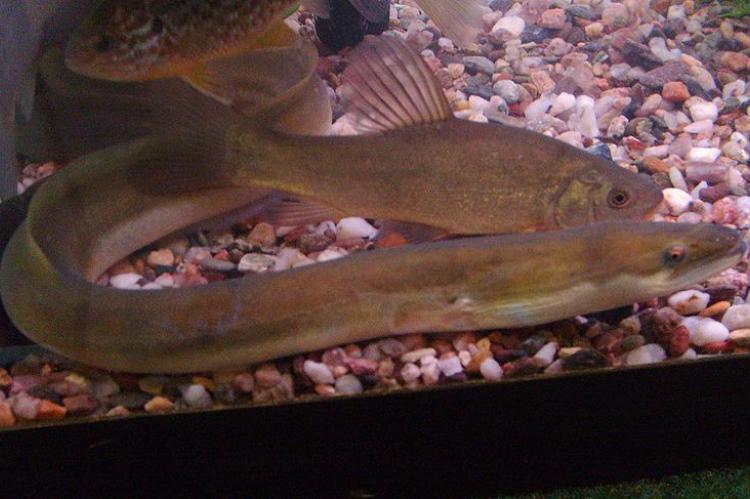95% population decline in European eels spurs tracking research
Tagged eels help scientists understand migration. Eels take different route to the Sargasso Sea than initially believed.
Thanks to an EU-funded research project called Eeliad, biologists now have a better understanding of the biology and migration route of the European eel. All eels living from Northern Africa to Iceland are believed to migrate thousands of kilometers to spawn in the Sargasso Sea, in the middle of the North Atlantic. Newly hatched eel larvae discovered in the Sargasso Sea support this hypothesis, although the eggs and adult eels have yet to be caught in the area.
By attaching satellite and data storage tags to about 600 eels from around Europe, project scientists hoped to map the route of the spawning eels. "We could track the satellite tags as far away as the Azores. This suggests that the eels take a different route to the Sargasso Sea than previously thought,” said Kim Aarestrup, senior scientist at the Technical University of Denmark (DTU), Silkeborg. “It seems as if they're saving energy by hitching a ride on the Azores Current."
Utilizing a fisheries biology technique called otolith microchemistry for tracking fish movement, analyses were conducted on both eel larvae from the Sargasso Sea and glass eels from the coastlines of Europe and North Africa. "Our genetic research showed that the eels living all across Europe mate randomly. This is very unusual for animals that are so widely distributed,” said Thomas Dammals, a DTU research scientist involved with genetic research in the project. “It strongly indicates that the European eels are spawning in the Sargasso Sea and nowhere else,” he added.
Today’s European eel population is less than 5% of what it was 40 years ago. Scientists are urging additional research to better understand this elusive and little understood species.


